CARING WITH FAMILY
|
| The level of affection a breed shows toward family members or familiar individuals can vary widely. Certain breeds may display a more reserved nature, offering their deepest affections exclusively to their owner. On the other hand, other breeds might be more gregarious treating anyone they recognize as if they were a long-lost pal. It’s this spectrum of sociability that adds another layer of uniqueness to each breed's personality and behavioral traits. |
LOVE WITH CHILDREN
Unwise
Good With Children
|
| The patience and tolerance a breed exhibits towards the antics and behaviors of children varies contributing to its reputation as being family-friendly. Regardless of breed characteristics supervision is an essential and non-negotiable requirement whenever dogs interact with young children or with children who are not familiar with dogs. |
BEHAVIOR WITH DOGS
Unwise
Good With Other Dogs
|
| The innate sociability of a breed towards other canines can range considerably. While interactions and introductions with other dogs should always be closely monitored certain breeds have a natural propensity for camaraderie with their fellow canines whether it's within the home or out in public. Some breeds are inherently more amiable and can quickly form bonds whereas others may require more careful socialization to foster positive interactions with other dogs. |
SHEDDING LEVELS & MANAGEMENT
No Shedding
Hair Everywhere
|
| The amount of fur a breed sheds can greatly influence your household routine and maintenance. Breeds known for high shedding will naturally leave behind more hair necessitating a regular brushing schedule not only for their comfort but also to manage the loose fur. People with allergies may find that high-shedding breeds trigger their symptoms more often. |
COAT GROOMING STANDARDS
|
| The grooming needs of a breed can vary substantially impacting how often your pet will need baths, brushing, trims or other forms of coat care. As you assess which breed is a good match for you it's crucial to consider the time patience and financial resources you have available for grooming. A breed with a complex coat may require daily brushing to prevent matting and more frequent professional grooming sessions, while others with minimal coats might only need the occasional bath and brush at home. |
DROOLING INTENSITY
Less Likely to Drool
Always Have a Towel
|
| The tendency of a dog breed to drool can be a significant concern if you're someone who likes to keep things immaculate. Breeds that leave behind drool residue on your arm or wet stains on your outfit may be less than ideal. |
COAT STYLES GUIDE |
| Wiry, Double |
| COAT SPECTRUM |
| Medium |
FRIENDLINESS
Reserved
Everyone Is My Best Friend
|
| The friendliness of a dog breed towards unfamiliar people can vary greatly. Some dogs are naturally hesitant or guarded around anyone they don't know, irrespective of the place but others are always eager to welcome a new person into their circle. |
LIVELINESS
Only When You Want To Play
Non-Stop
|
| The level of playfulness a breed exhibits can remain high well beyond their youthful puppy days. There are some breeds that maintain a zest for engaging in games like tug-of-war or fetch throughout their mature years. On the flip side you'll find breeds that are content to spend most of their days lounging on the sofa enjoying your company in a more relaxed manner. |
VIGILANCE INTENSITY
What's Mine Is Yours
Vigilant
|
| Certain dog breeds have a natural inclination to notify you when unfamiliar people are in the vicinity. These dogs typically have a heightened awareness and are prone to respond to various perceived dangers ranging from the delivery person to the sight of a squirrel through the pane. Such breeds generally become more welcoming to newcomers who step into your home, especially when these visitors are embraced by their human pack. |
ADAPTATION CAPACITY
Lives For Routine
Highly Adaptable
|
| The adaptability of a breed to change reflects how well they cope with alterations in their environment. This encompasses adjustments to living spaces differing levels of noise and shifts in weather routine scheduling, and other everyday fluctuations. Some breeds demonstrate remarkable resilience when faced with such changes remaining composed and comfortable despite new circumstances. |
OBEDIENCE LEVEL
Self-Willed
Eager to Please
|
| The ease of training your canine companion and their eagerness to learn new skills can vary significantly between breeds. Some dogs seem naturally disposed to seek their owner’s approval and take pleasure in mastering new commands. Meanwhile, other breeds might display a more independent streak preferring to follow their own whims on their own timetable, regardless of the setting! |
STAMINA LEVEL
|
| The level of physical activity and mental engagement a breed requires can greatly differ. High-energy breeds are always on the go, enthusiastic for whatever escapade comes next, filling their day with running, leaping and a variety of playful antics. On the other hand, low-energy breeds can be thought of as the couch potatoes of the canine world, quite content to laze about and indulge in lengthy naps. |
VOCALIZATION
|
| Likes To Be Vocal |
LEARNING CURIOSITY LEVEL
Happy to Lounge
Needs a Job or Activity
|
| The degree of mental stimulus a breed needs to remain content and in good health is an important consideration. Dogs bred with specific roles in mind might need tasks involving decision-making, problem-solving, and focus. Without adequate opportunities to challenge their intellect they may take matters into their own paws, initiating their own forms of mental entertainment. Unfortunately, these self-assigned "projects" may not align with what you would find desirable or constructive. |
| COLORS |
|
Description
|
Registration Code
|
|
Black & Tan
|
018
|
|
Grizzle & Tan
|
110
|
|
Black Grizzle & Tan
|
025
|
|
| PATTERNS | . |



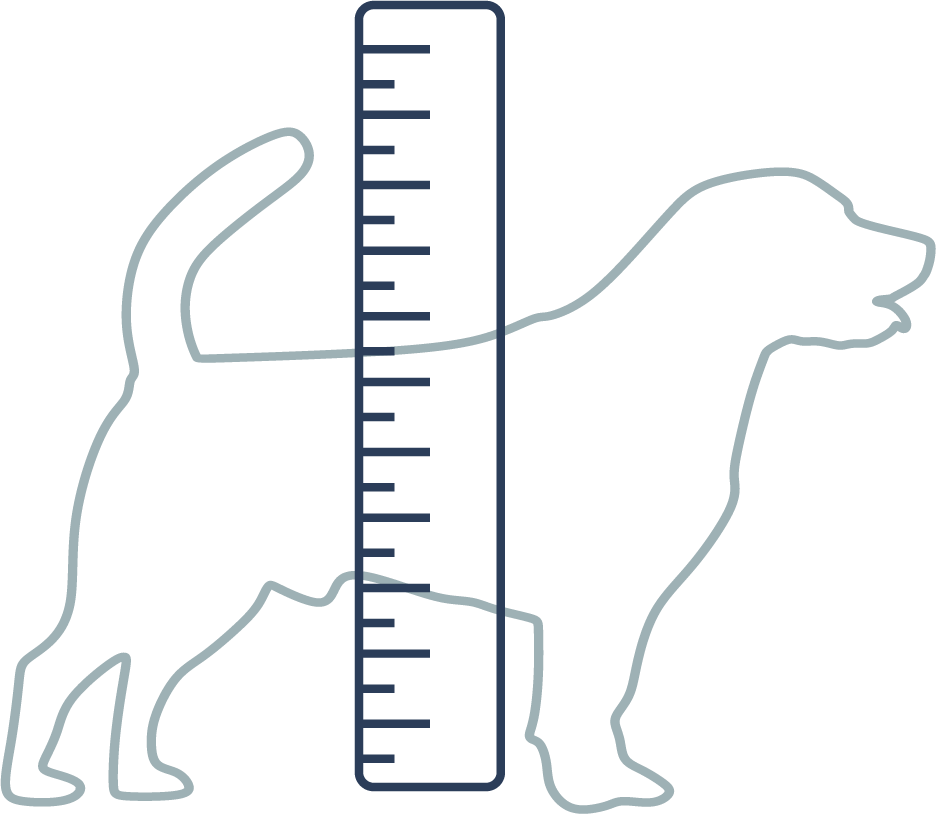
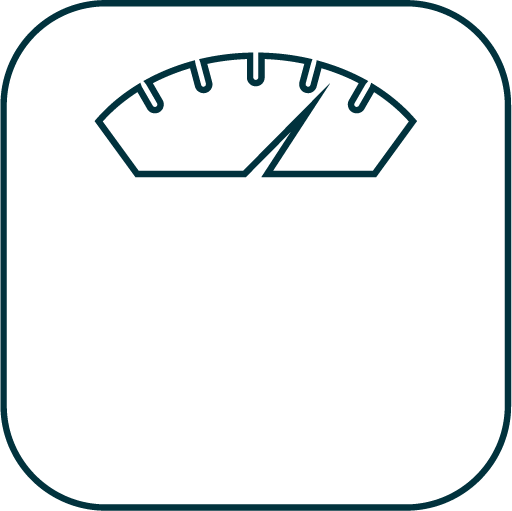

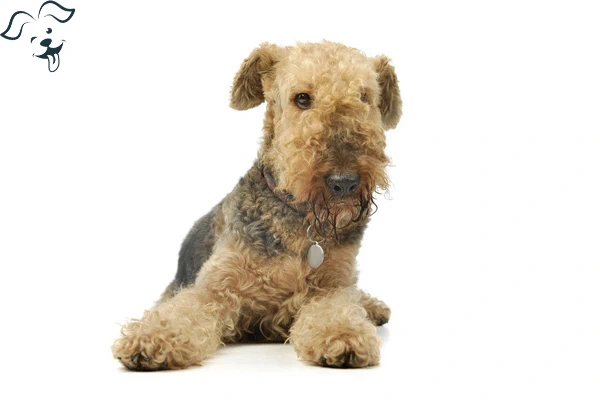
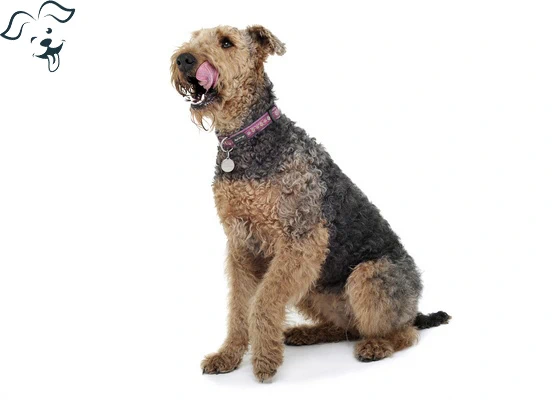
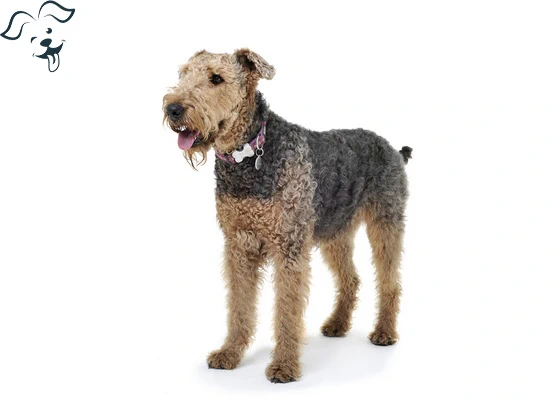
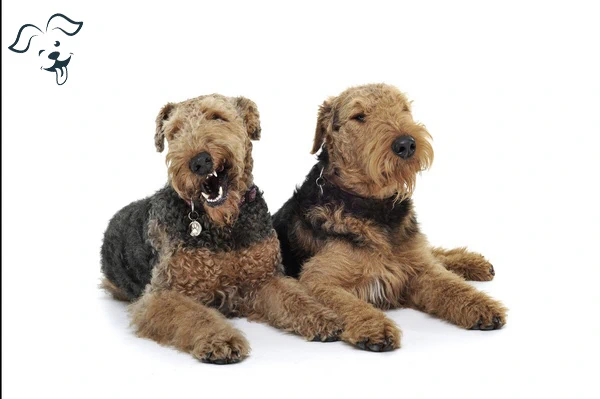






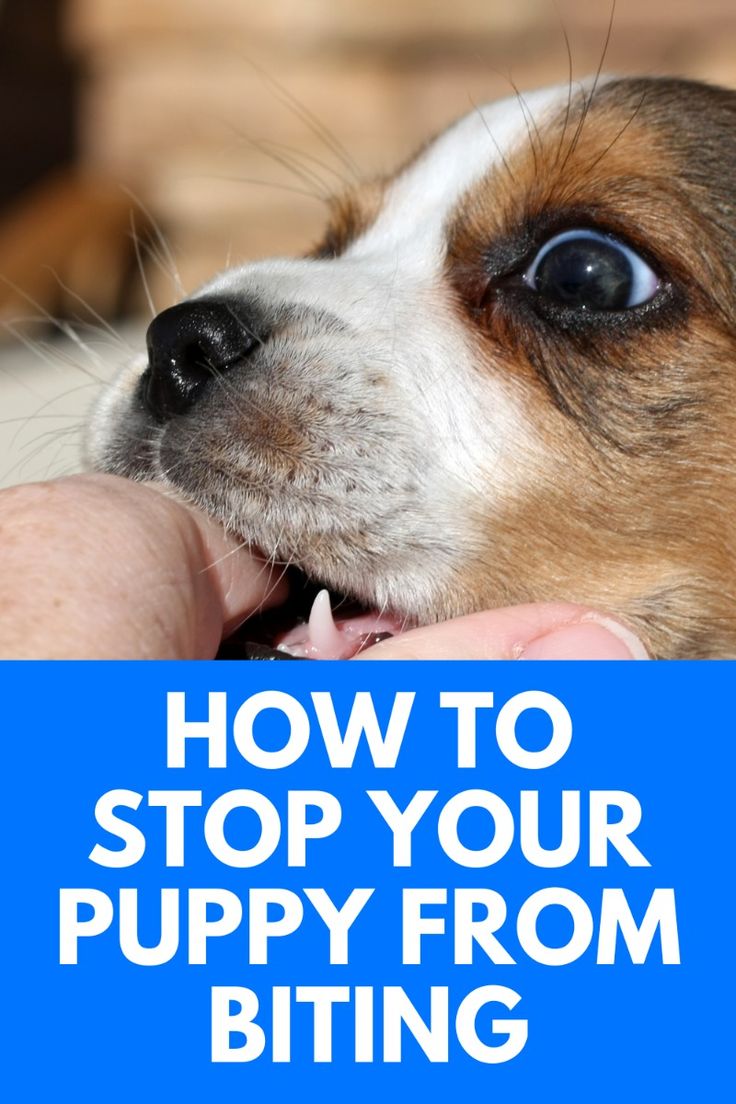
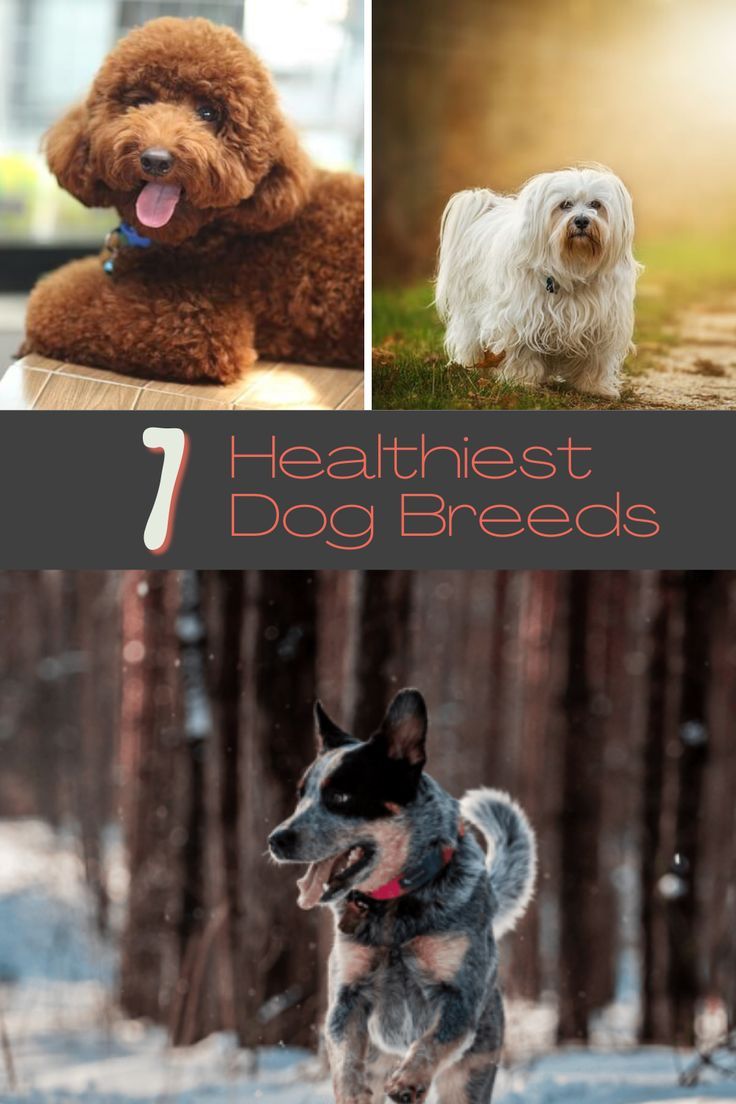

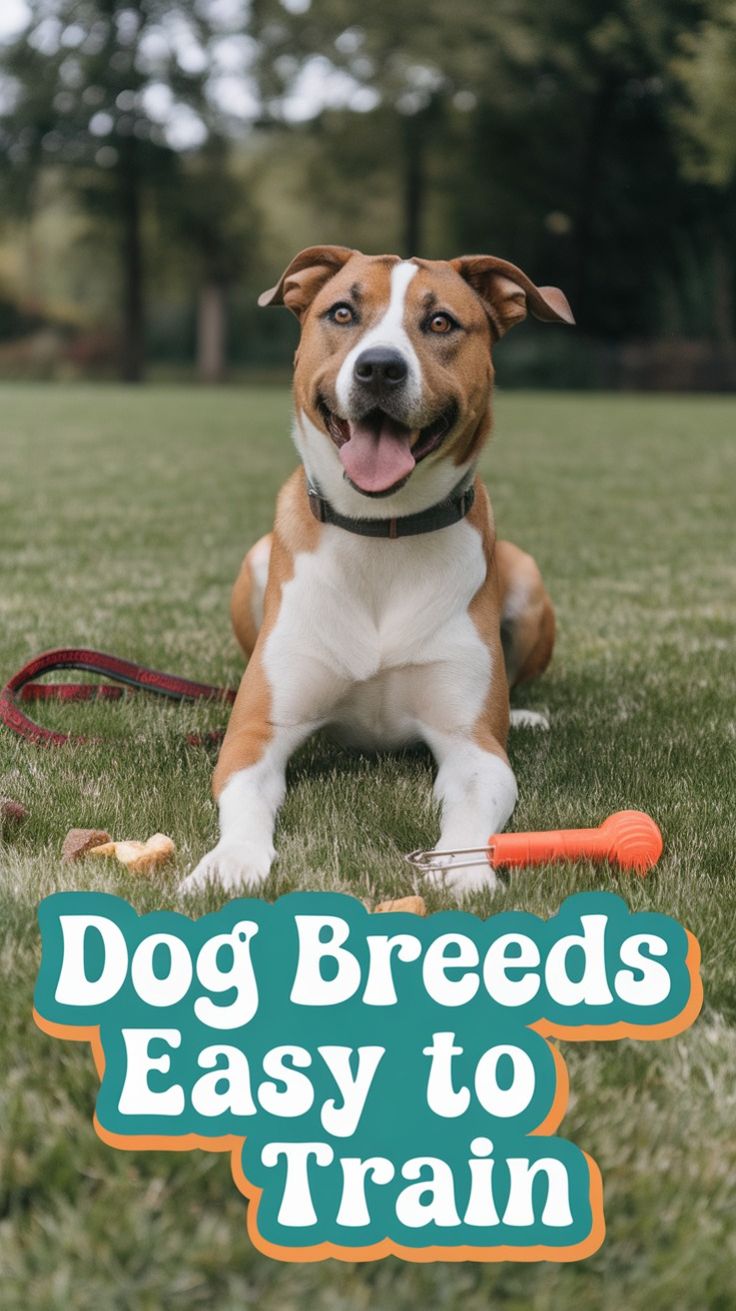
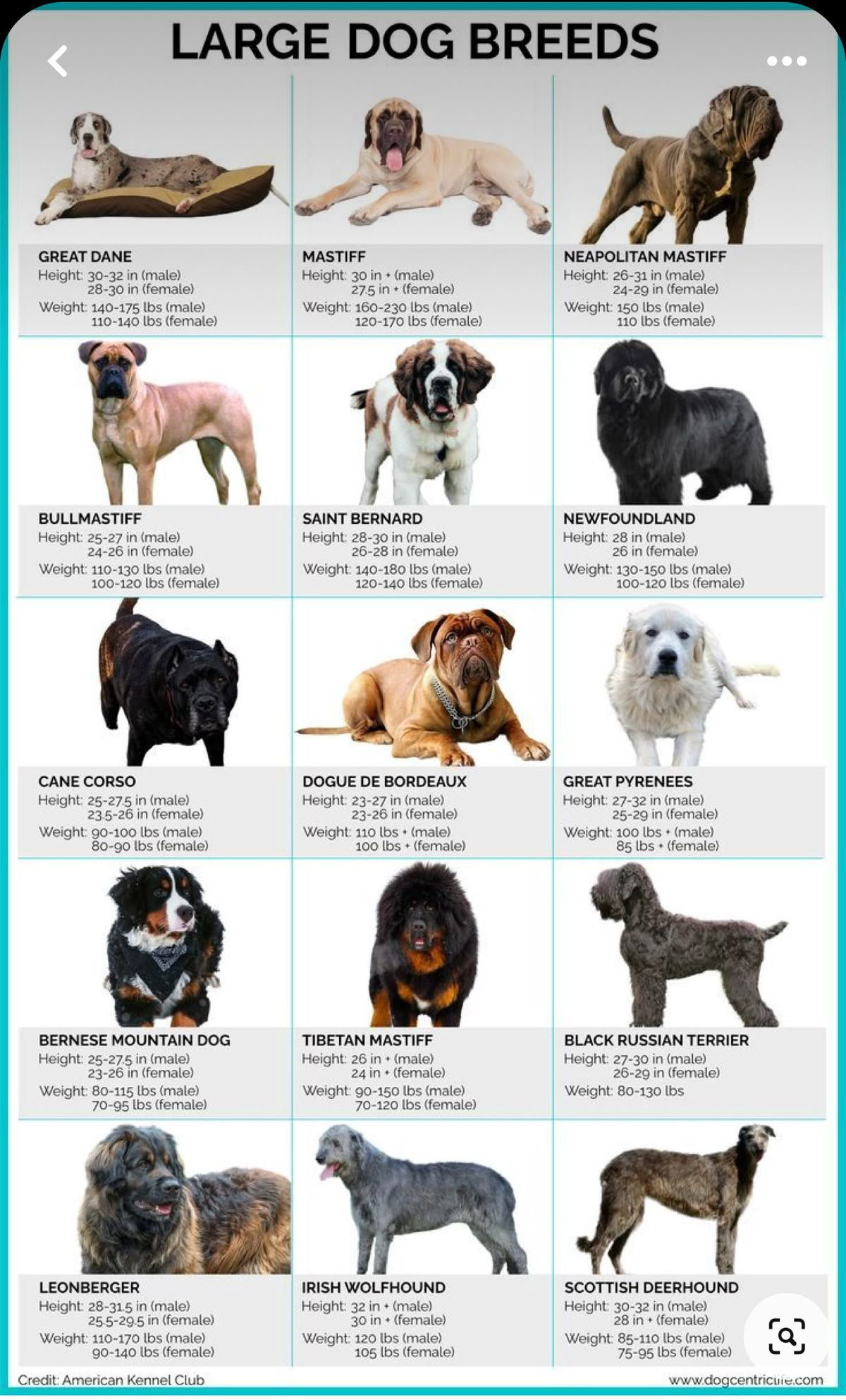

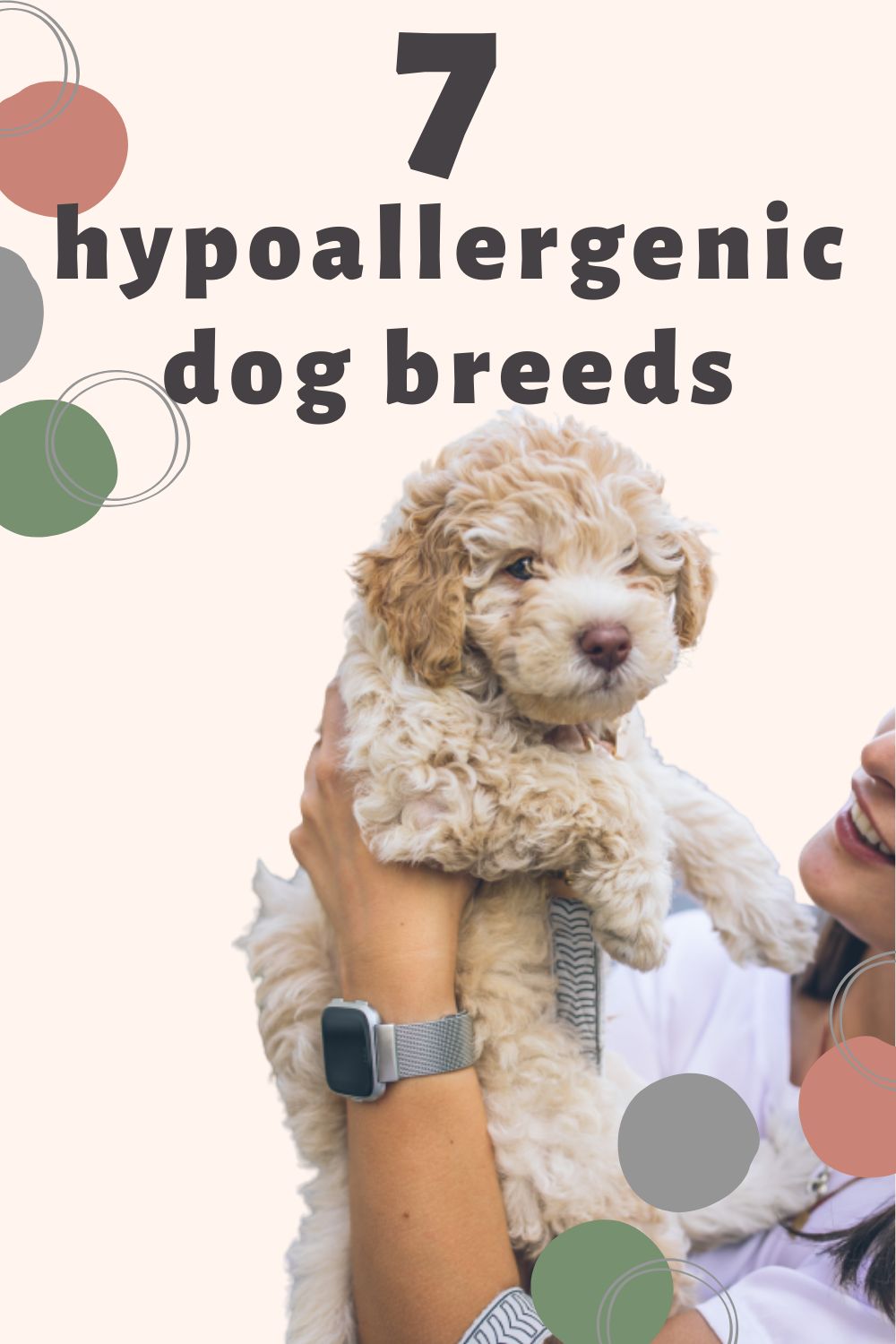
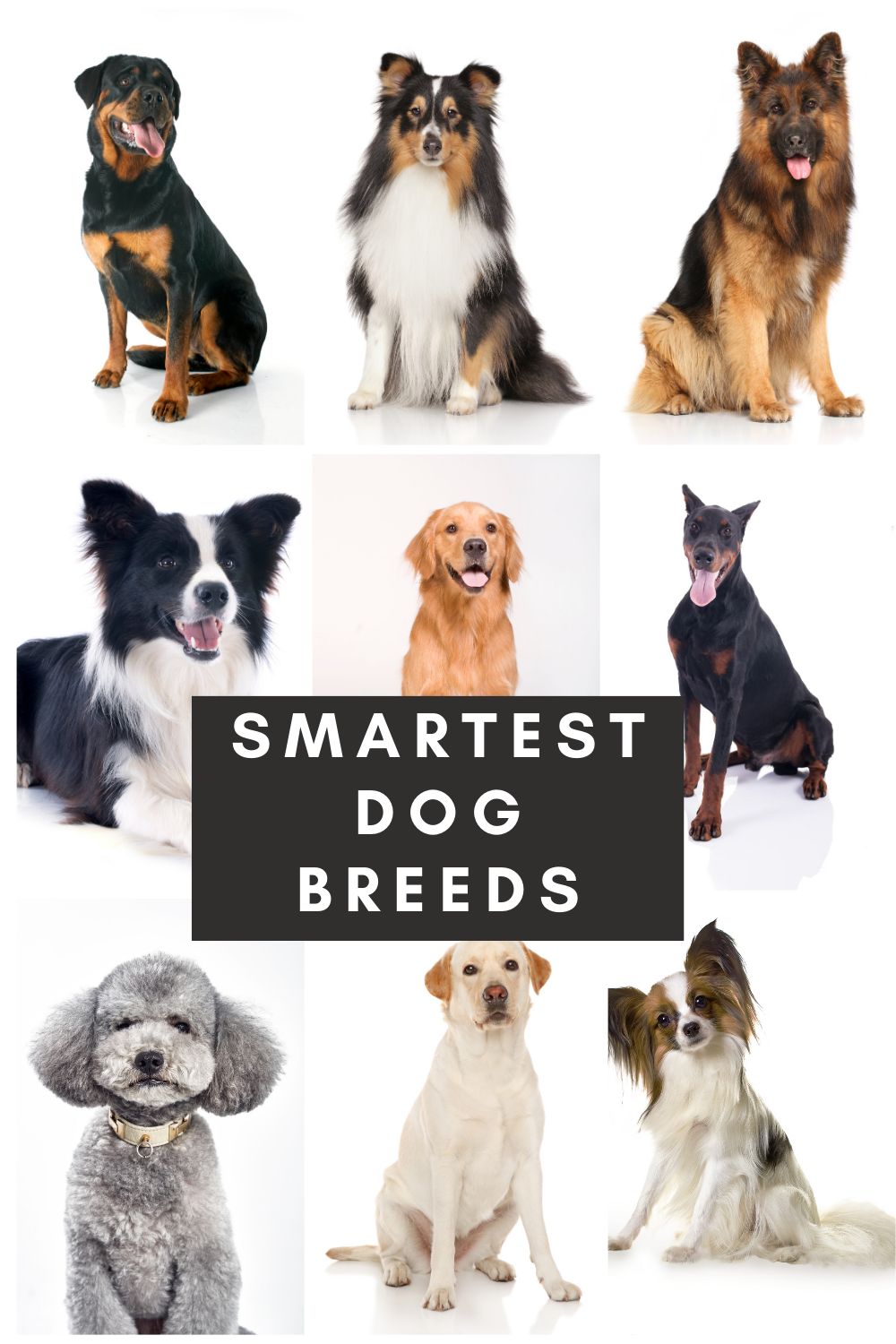



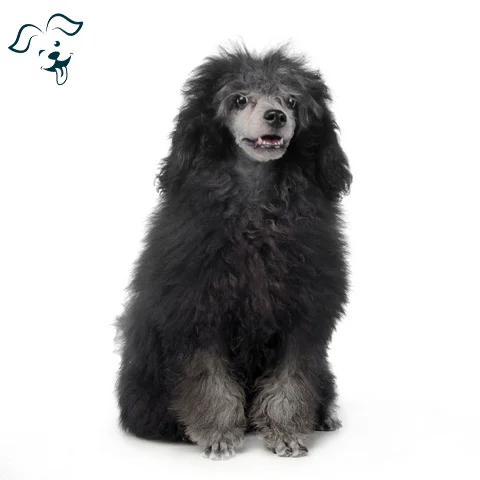

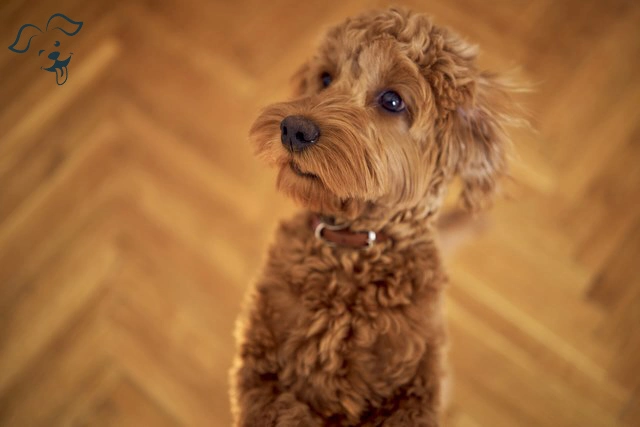
FRIENDLINESS
LIVELINESS
VIGILANCE INTENSITY
ADAPTATION CAPACITY